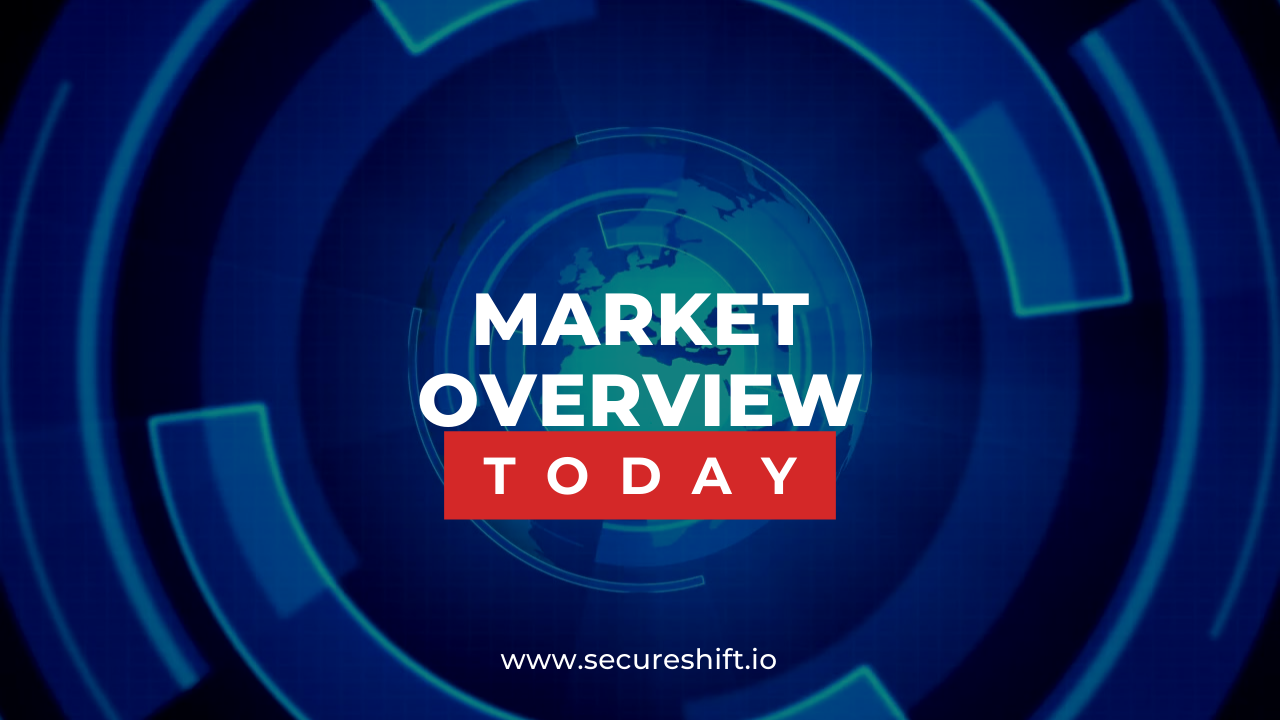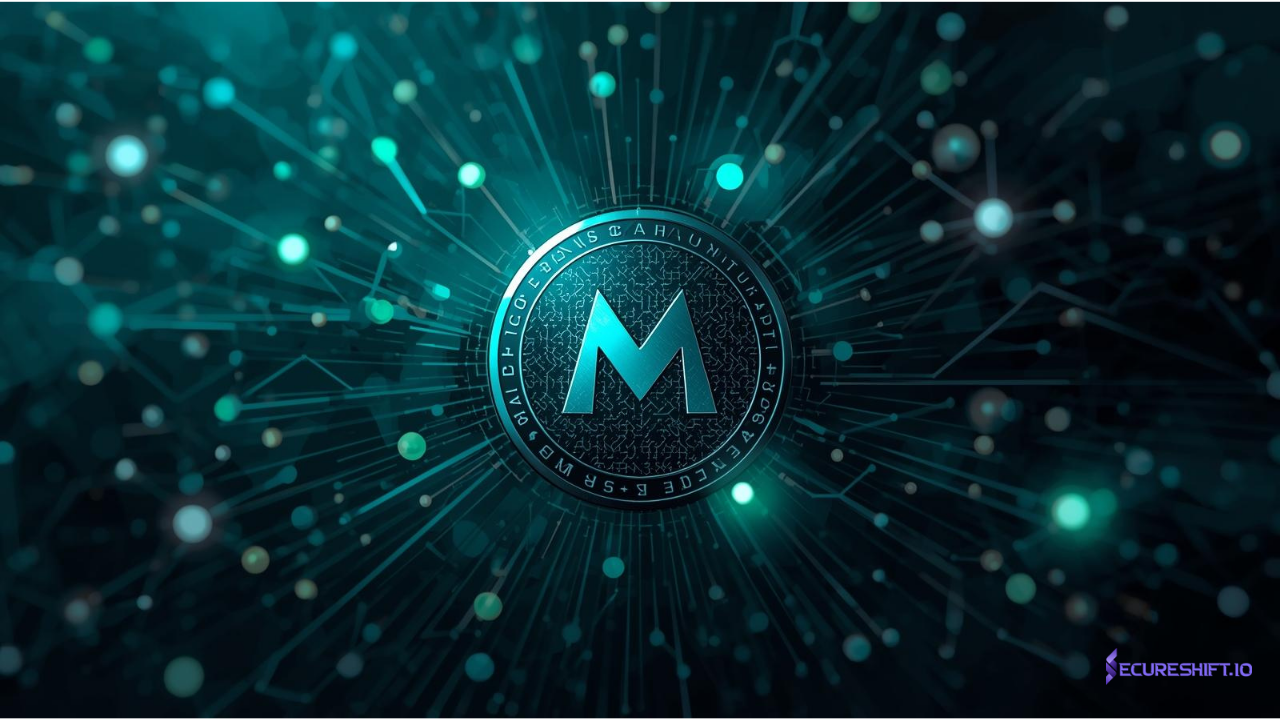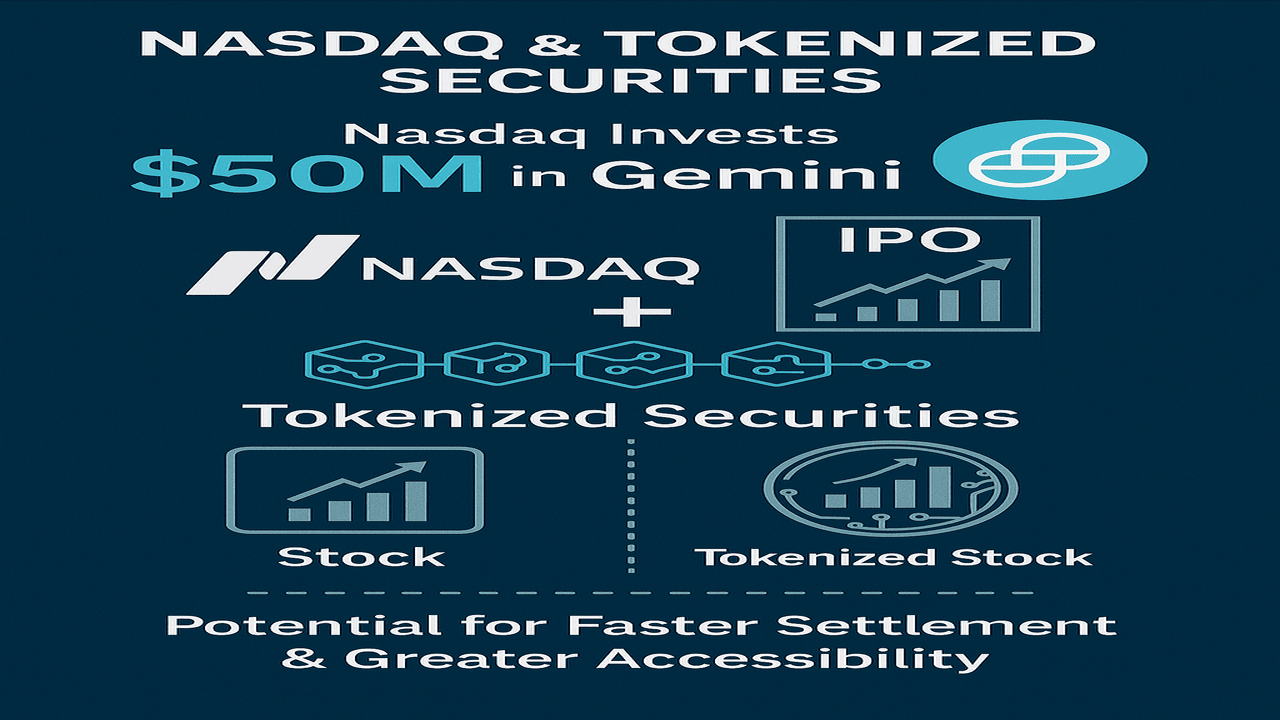-1747152828.png)
How Does a Genuine Bitcoin Appear?
Since its creation in 2009, Bitcoin (BTC), the first and most well-known cryptocurrency in the world, has enthralled millions of people. Nevertheless, despite its widespread use, it seems that some people are still unsure of what a genuine Bitcoin actually looks like. Is it something virtual, or do you hold it in your hand like cash?
Bitcoin is actually a virtual code within a decentralised blockchain network. Bitcoins aren't kept in any tangible form of currency. However, the concept of a "actual" Bitcoin has led to the creation of tangible Bitcoin, such as novelty items or collectible coins. They are not made as money, but rather to be displayed or used as conversation starters.
Table of Contents
How Does a Genuine Bitcoin Appear?
In a nutshell: Bitcoin does not exist in physical form. The blockchain is used to create and store Bitcoin, an electronic currency. It lacks a tangible equivalent, such as coins or banknotes. All that constitutes a "real Bitcoin" is data, more precisely, entries on a decentralised ledger that contain all of the transactions.
An ownership certificate, which is indeed kept on the blockchain, is all that one Bitcoin is. In contrast to holding a piece of dollar in your palm, a Bitcoin cannot be felt or grasped. Instead, digital wallets with cryptographic keys are used to access and store bitcoins.
The answer to the question, "What does a real Bitcoin look like?" is that it resembles code, which is made up of letters and numbers that represent digital signatures, wallet addresses, and transaction IDs.
How Does Bitcoin Appear in Everyday Situations?
Bitcoin is simply the electronic balances in your exchange account or cryptocurrency wallet in day-to-day life. Upon accessing a Bitcoin wallet or application, you will discover:
Your Bitcoin balance (0.5 BTC, for example).
The string "1A1zP1eP5QGefi2DMPTfTL5SLmv7DivfNa" is your wallet address.
a QR code that can be scanned to make purchases.
Transaction histories of the origins and destinations of the Bitcoin.
If you're wondering how a Bitcoin looks in person, you must realise that it's not something you can physically touch, but you can play around with it using wallets, apps, and exchanges. It is just as authentic as your online bank statement, but it has additional security and decentralisation features.
How Does a Genuine Physical Bitcoin Appear?
Despite the fact that Bitcoin is an intangible, businesses and collectors have produced tangible Bitcoin tokens. Typically, they are not currency but rather commemorative coins or mementos. Some physical Bitcoins are worth real money, but only if they have a private key embedded in them.
The appearance of a genuine physical Bitcoin is as follows:
A coin made of brass or gold that usually bears the Bitcoin symbol (₿).
Above the private key on the back is a holographic sticker.
a QR code or public key that matches the Bitcoin address.
Some of them have values like 1 BTC, 0.1 BTC, and so on. The 2011 Casascius coin is among the most well-known. Since the private key was inside, they were genuine Bitcoin. You can exchange the Bitcoin if you break through the hologram, but the coin you are holding is only ornamental.
However, the majority of physical Bitcoins that you hear about these days are merely representations of the cryptocurrency; they are not composed of any cryptocurrency itself.
Bitcoin: Why Is It Intangible?
Since Bitcoin was intended to be a decentralised digital currency, it does not use banks or other physical establishments. The foundation of its whole system is:
Blockchain technology is a distributed ledger with a transaction history.
Cryptographic security: Protects transfers and ownership.
Decentralisation: Bitcoin is not created or governed by a single entity.
Bitcoin shouldn't be viewed as having a physical existence as a result. One of the reasons Bitcoin is not physically represented is
Borderless: Does not require physical shipping to be sent or received anywhere in the world.
Secure: Reduces theft because only private keys can be used to access it.
Effective: Does not require printing, minting, or storage.
How to Spot a Legitimate Bitcoin Deal
Despite the fact that Bitcoin cannot be seen or held, you can verify its ownership by using:
Blockchain explorers: Websites such as blockchain.com and blockstream.info allow you to verify balances and transactions.
Wallet confirmations: Wallets can verify whether Bitcoins were sent or received and display your balance.
Private keys: A crucial component of establishing ownership, your private key is what locks your Bitcoin to you.
The blockchain contains a legitimate Bitcoin transaction that is publicly verifiable. Every transaction consists of:
The address of the sender.
The address of a recipient.
The amount of Bitcoin that was transferred.
a time stamp.
a TxID, or transaction ID.
Myths Regarding Real Bitcoin
Beginners often assume that Bitcoin must or might exist in a tangible form, like gold or cash. This is as a result of looking at gold-plated Bitcoin coins that are being circulated online. But:
They are either collectibles or novelties.
The blockchain contains the majority of Bitcoin's true value.
Bitcoin is purchased and sold digitally rather than with cash.
It is important to note that even though you possess a physical Bitcoin token, you do not actually own one.
How to Use and Store Bitcoin
Since Bitcoin is a digital currency, you need a crypto wallet in order to store and access it.
Wallets can take many different forms:
wallets for software. Computer software and applications for mobile devices.
wallets made of hardware. Offline private keys are stored on physical USB devices.
online wallets. exchange-connected browser wallets.
Bitcoin is not kept in a wallet the way cash is kept in a bank. Rather, it keeps your Bitcoin's private keys on the blockchain so you can access and use it.
Wallets that are frequently used include:
Hardware for the Ledger Nano X.
Trezor hardware.
Exodus software.
MetaMask (multi-chain, web-based).
Concluding remarks
What does a real Bitcoin look like, then? There isn't one, in fact. All of Bitcoin's information is stored on computers as entries in a distributed, worldwide ledger book known as the blockchain. Even if you come across coins that are worth Bitcoin, they are only symbolic until they have a private key that can be verified using real Bitcoin.
Accepting the idea of virtual ownership is essential to understanding Bitcoin. Having private keys and access to wallets that communicate with the blockchain proves your ownership of Bitcoin, not having a coin in your hands. The more individuals venture into the realm of cryptocurrencies, the more crucial it is to understand that Bitcoin is a virtual currency, albeit one that is extremely valuable, in order to learn how to use this new monetary system.
Commonly Asked Questions
What is the appearance of a genuine Bitcoin?
There is never a real Bitcoin in the real world. It is a record on the Bitcoin blockchain, which is a decentralised electronic ledger. Since a Bitcoin is identified by its public key address, it can be moved and tracked online. Images of real "Bitcoin coins" are merely representations and are not authentic.
Is it possible to purchase a physical Bitcoin?
Physical Bitcoin collectibles, such as metal or other material coins bearing the Bitcoin logo, are available for purchase. Unless they have a private key inserted (limited) that has been funded with Bitcoin, these are novelty and have no real value. When scammers offer physical Bitcoin coins, proceed with extreme caution.
Do any valuable physical Bitcoins exist?
Indeed, some physical Bitcoins were produced in the early 2010s, including Casascius coins. Under a tamper-proof seal, those coins held a portion of Bitcoin that was linked to a private key. However, the majority of those have been spent and are now primarily collector items.
Why is Bitcoin not a physical currency?
Bitcoin was created by Satoshi Nakamoto as a decentralised online currency that functions independently of governments and banks. Peer-to-peer transactions are made possible by this digital currency, which transcends national borders. As a result, it is transparent, safe, and easily accessible.
What is a wallet for Bitcoin?
An app, piece of hardware, or even paper can serve as a Bitcoin wallet. It differs from other wallets in that you can access your Bitcoin using private keys. Wallets show balances, addresses, and QR codes for sending and receiving Bitcoin.
Do the Bitcoin coins that I see on the internet exist?
No, they are symbolic images for promotion, education, or collecting. Unless loaded specifically and traceable, they are not genuine Bitcoin, even though they might have the Bitcoin logo (₿) and possibly even gold-plated metal or plastic.
How can I obtain authentic Bitcoin?
If you have the private key to a public address on the Bitcoin blockchain with BTC, you are the owner of real Bitcoin. You can use blockchain explorers to confirm this. Ownership of cryptocurrency is achieved by controlling the cryptographic keys rather than by having an item in your possession.
What is the Bitcoin symbol?
₿ is its symbol, which is the two-line vertical letter "B." Like $ for the US dollar, it is used everywhere as the currency symbol and is occasionally depicted in orange or gold.
Is it secure to make Bitcoin investments?
Like any other investment product, bitcoin is a risky and volatile asset. You must invest only what you can lose, use safe storage devices, and conduct in-depth research. Because bitcoin is intangible, you must handle the private keys with extra caution to prevent theft or loss.
Start a Cryptocurrency exchange Try our crypto exchange platform click here.
Disclaimer: It is important to note that the content of this article does not constitute financial or investment advice. The views expressed herein are solely those of the author and should not be interpreted as specific recommendations for trading or investing. Readers and visitors to the website are encouraged to explore various perspectives and familiarize themselves with relevant local regulations prior to engaging in cryptocurrency investments. We do not guarantee the reliability or accuracy of the information presented



